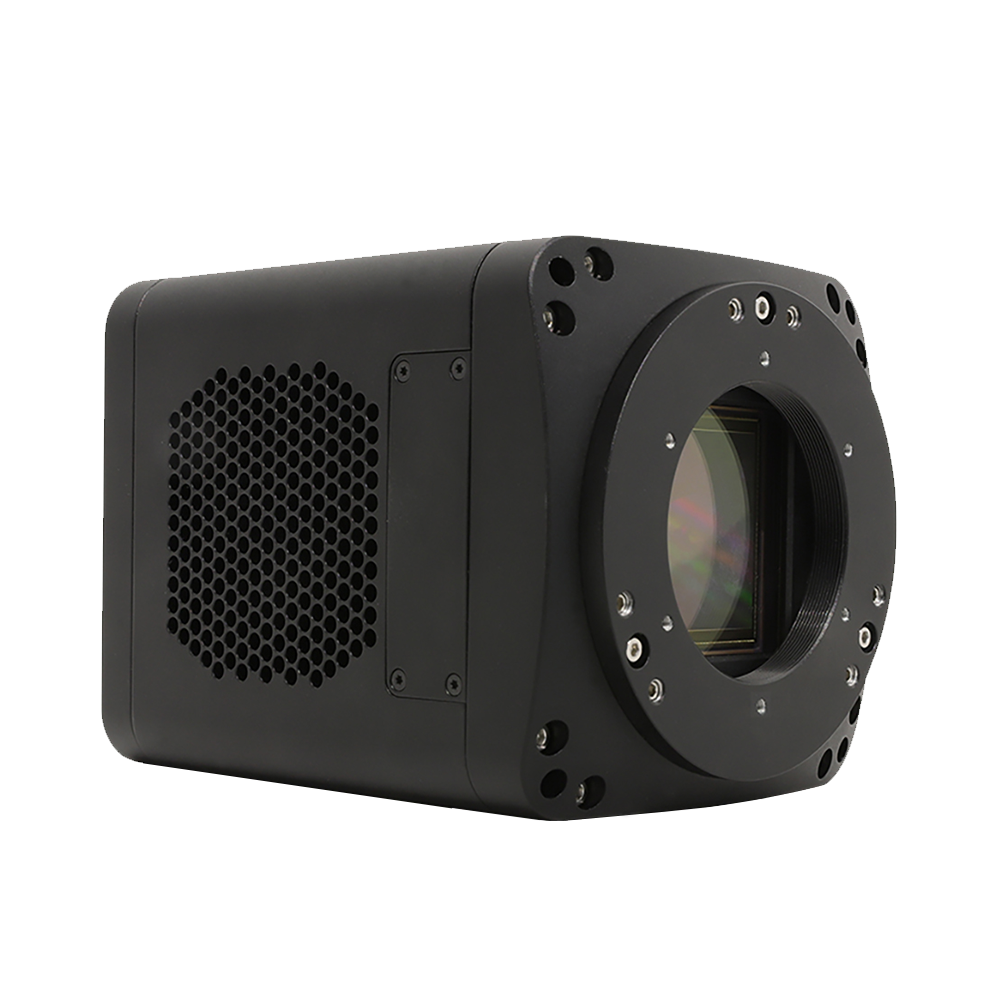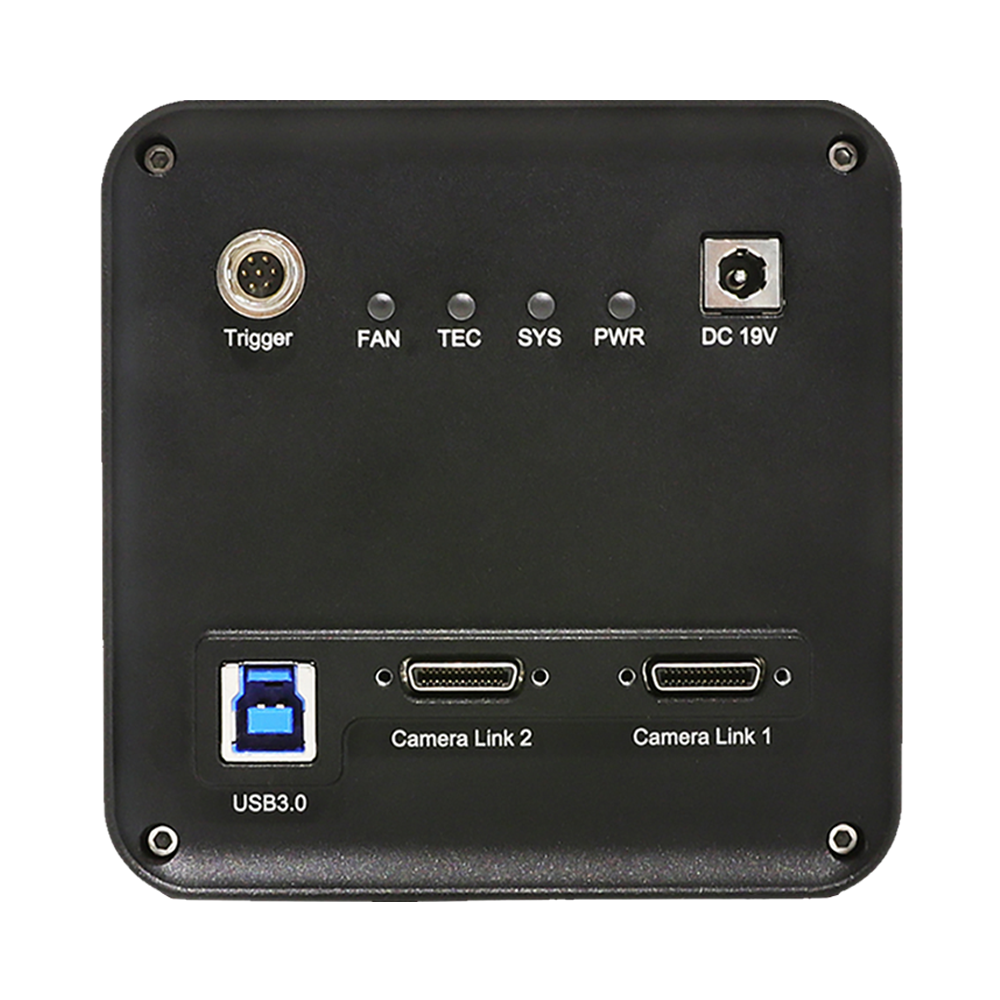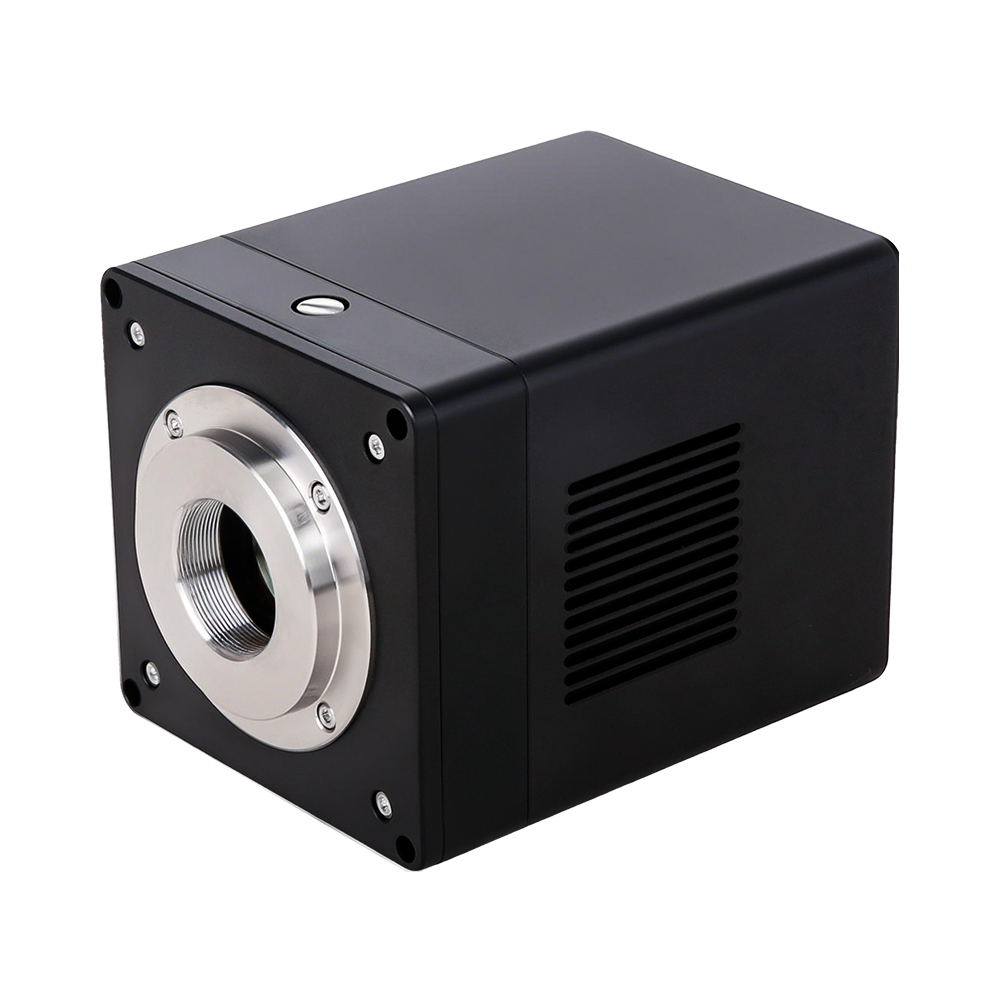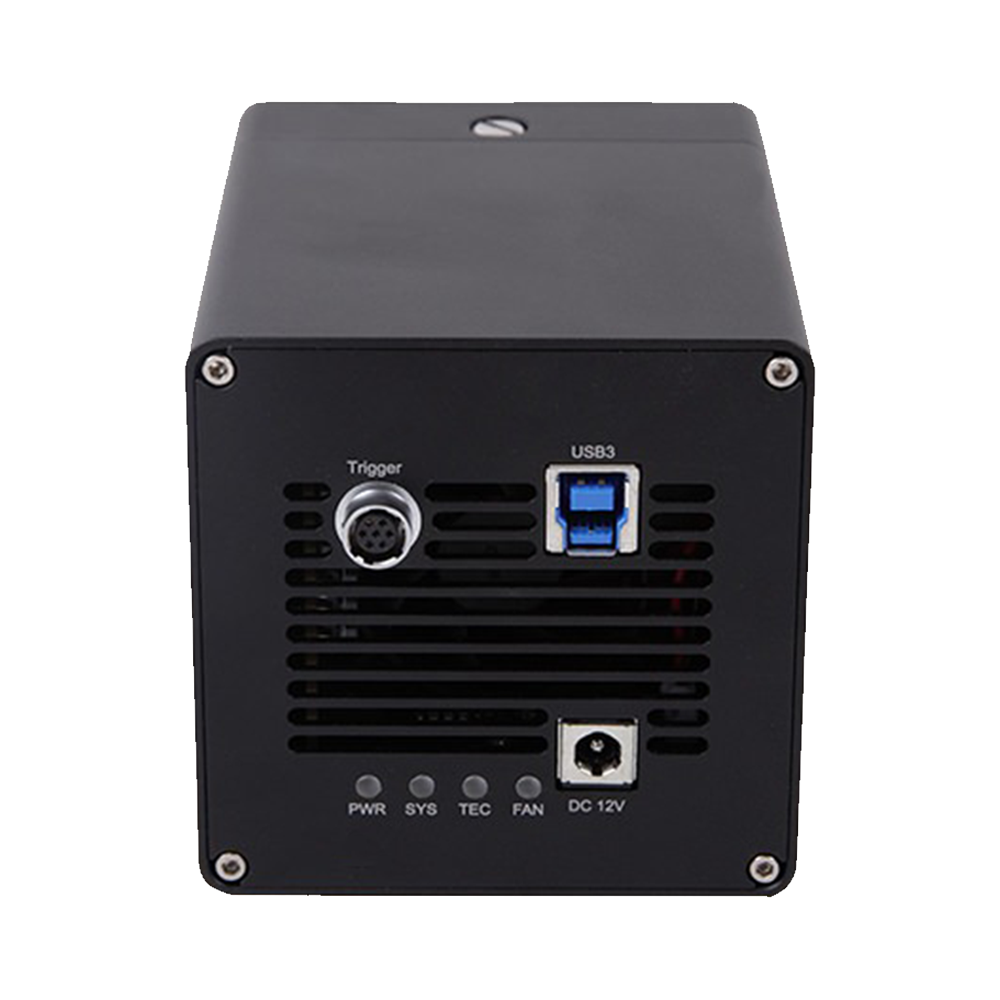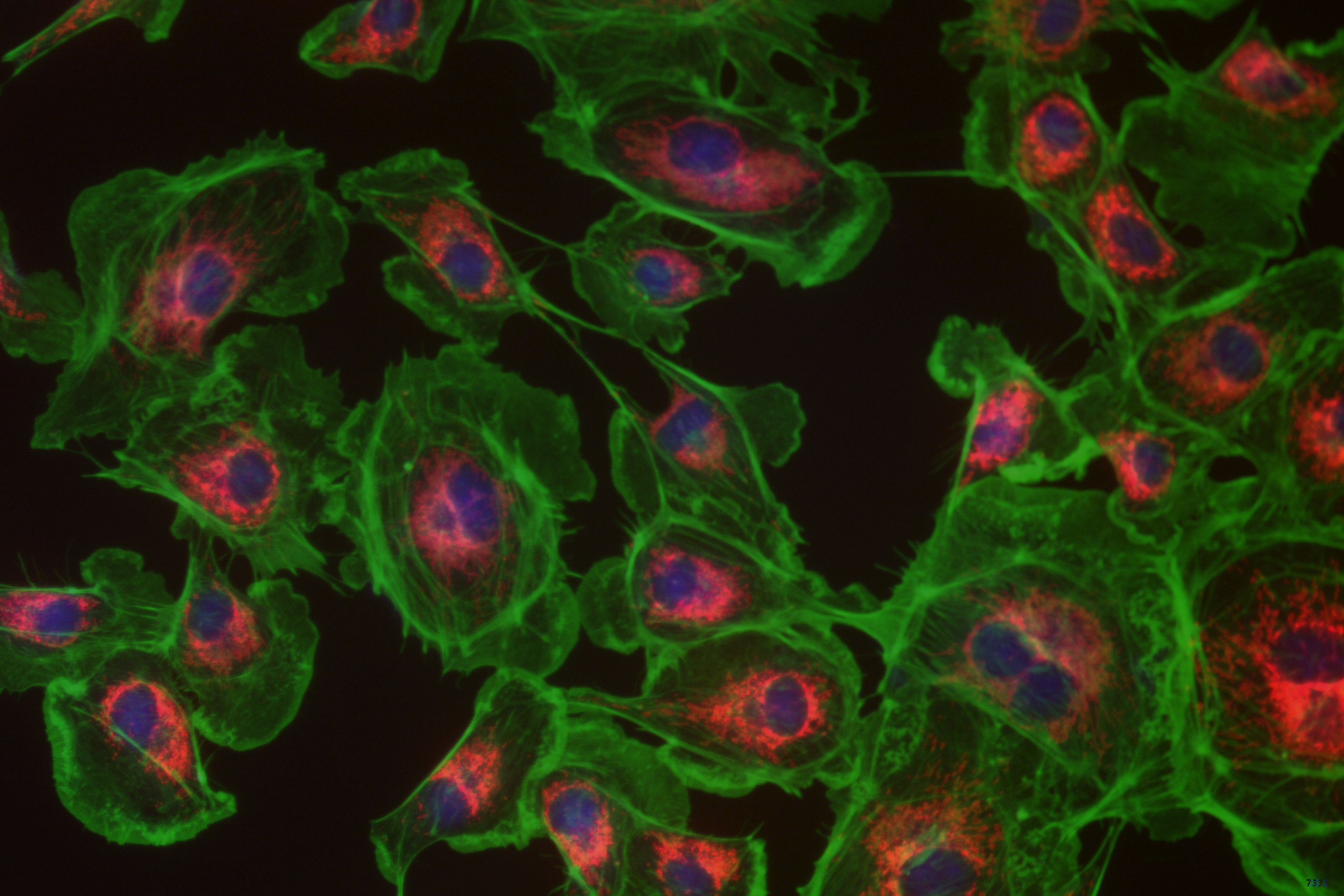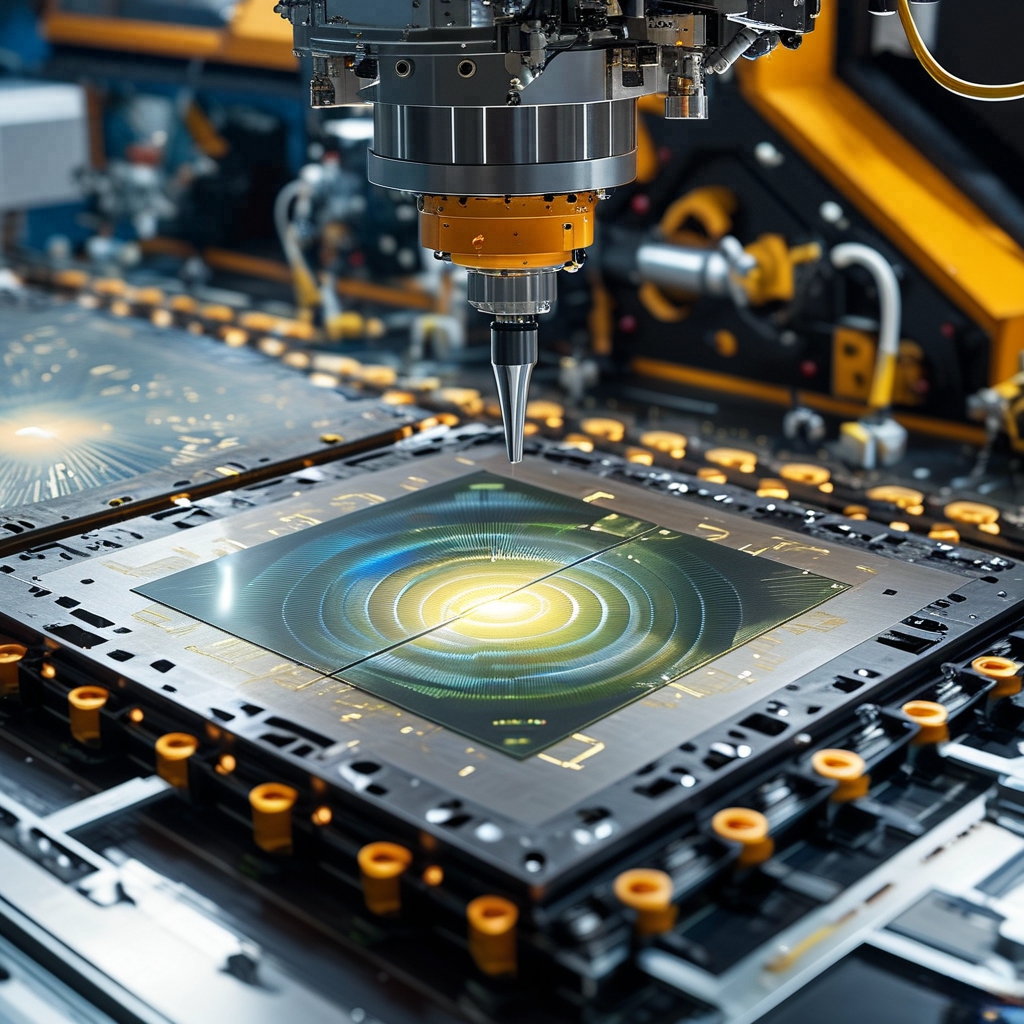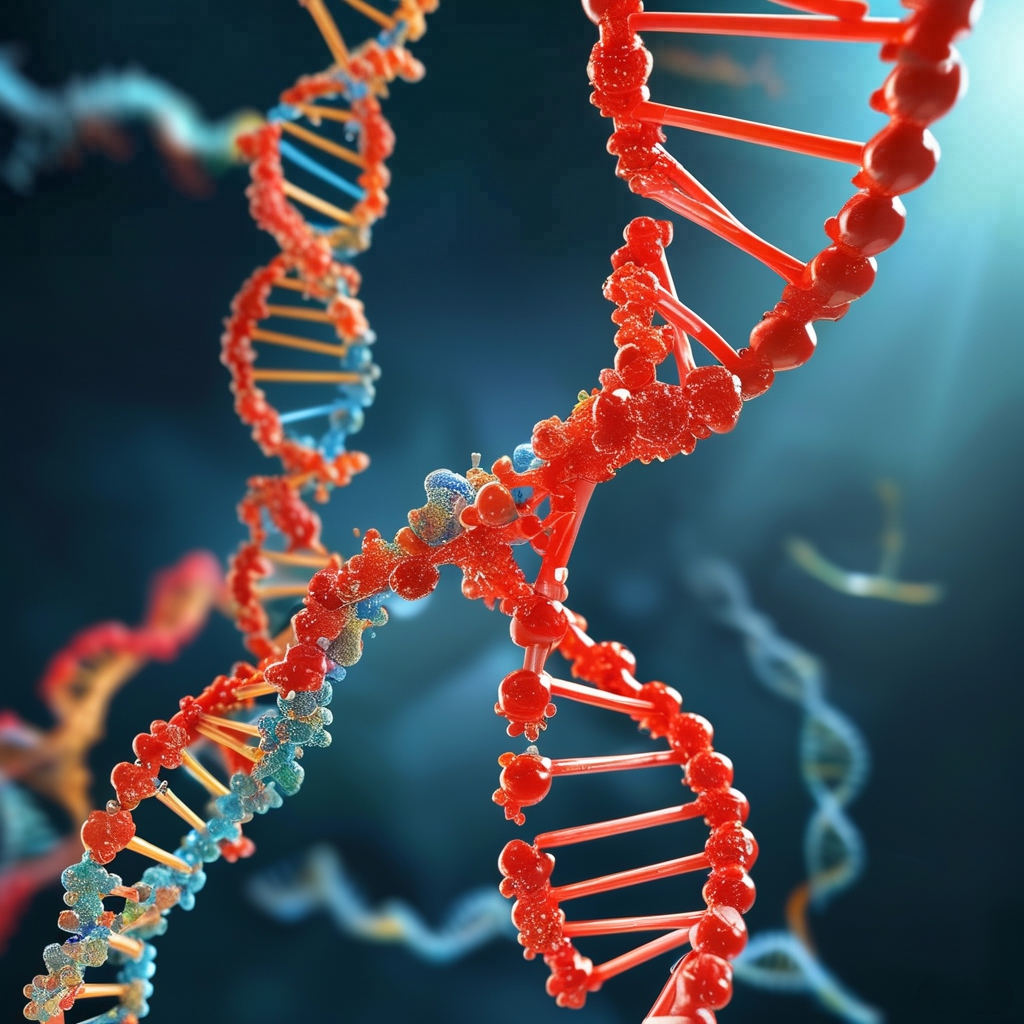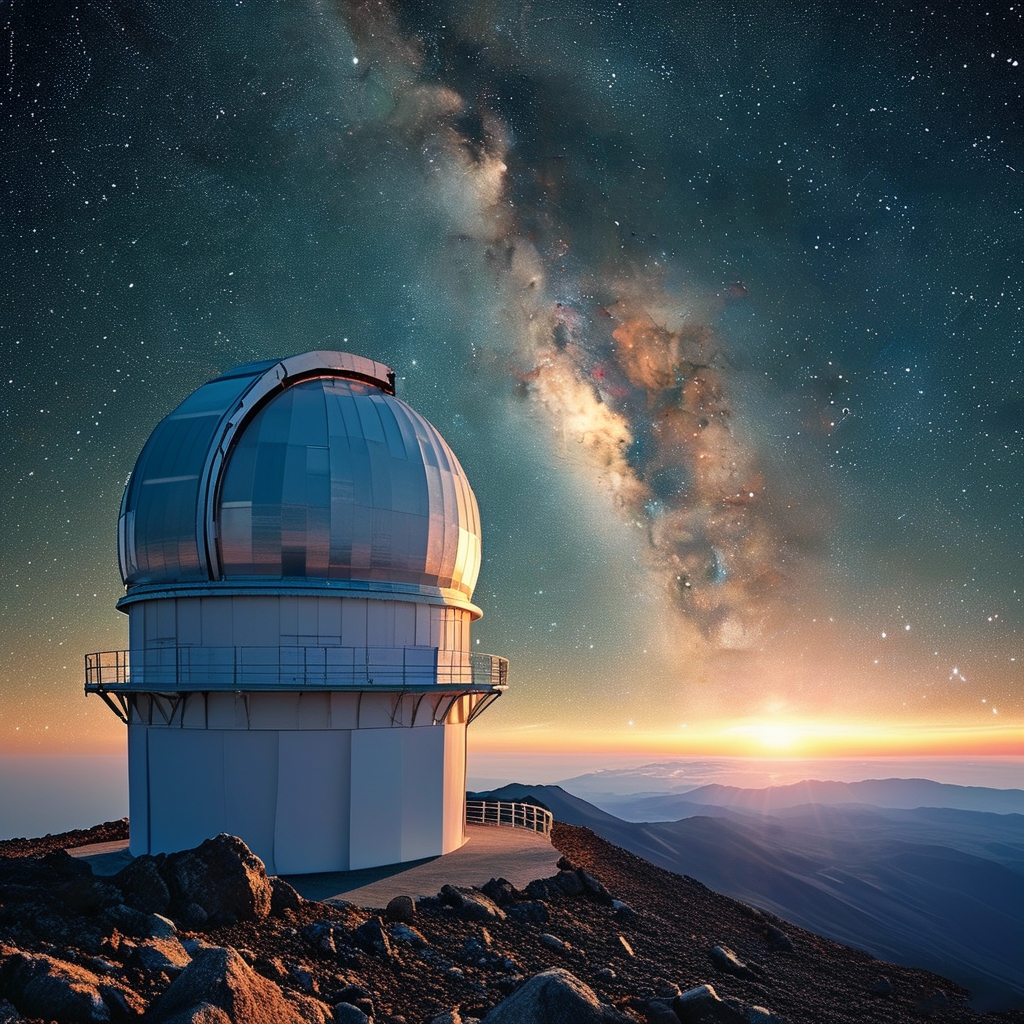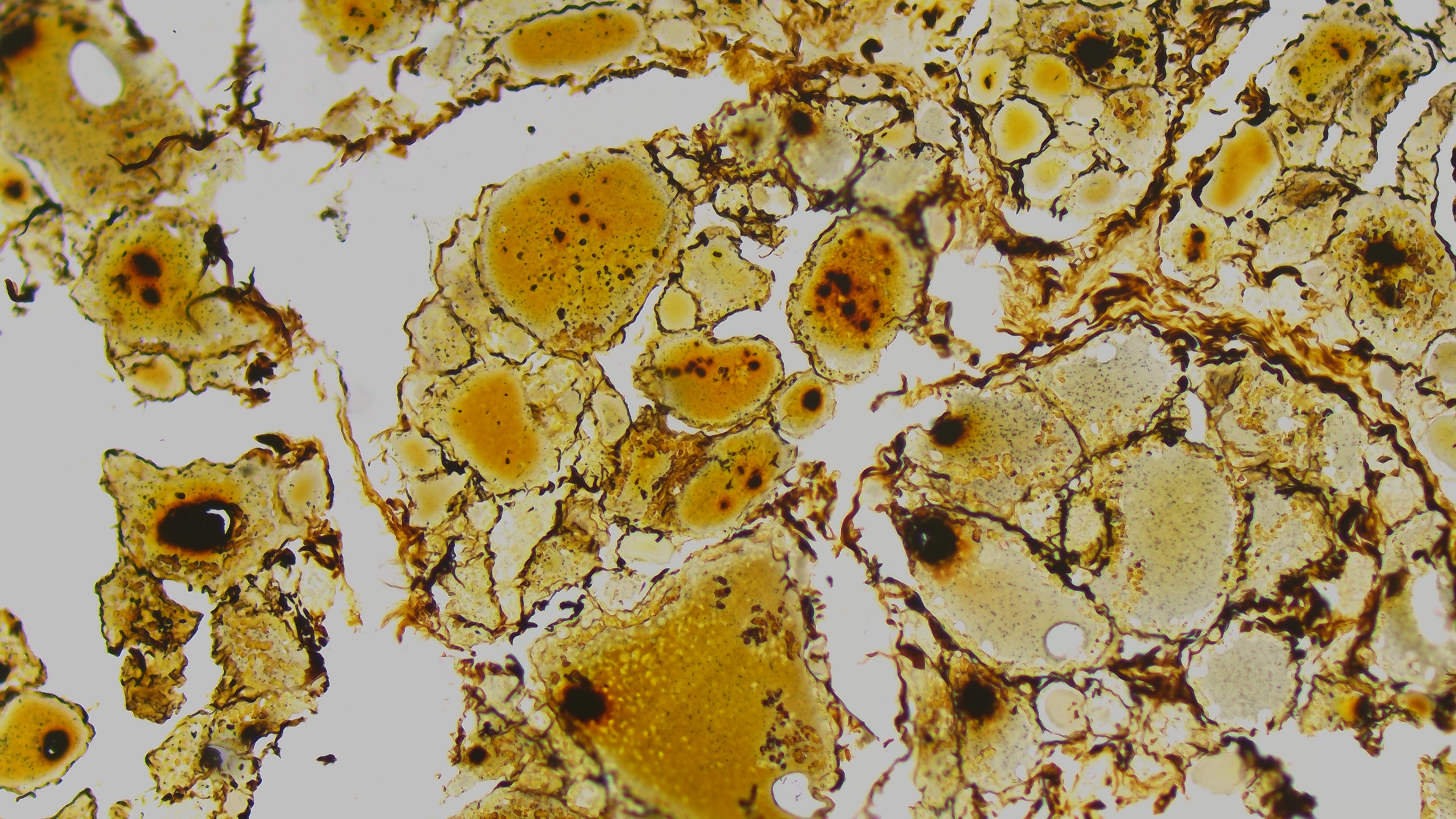SR557MMA Scientific Camera
Product Introduction
The SR series is designed for ultra-high resolution scientific imaging, utilizing the VPS2163A high-precision CMOS image sensor. It captures images at 20,480 × 27,200 (≈ 557 megapixels) with a 0.5 µm pixel size, ideal for cell morphology, biological tissue structure, semiconductor/wafer defect inspection, and microstructure metrology applications.
The camera features a USB 3.0 interface with 8/10-bit output formats and built-in buffer to ensure stable acquisition of large pixel images. Typical frame interval for full-resolution images is approximately 6 s (depending on acquisition and storage conditions).
The SR series incorporates an efficient thermal control system with TEC cooling, reducing the sensor's operating temperature by about 40 °C below ambient (ΔT ≈ 40 °C). This effectively suppresses dark current and enhances consistency during long-term acquisition. The compact body supports both free-running and external triggering, compatible with various lens mounts. It comes with ToupView software and cross-platform SDK (Windows/Linux, C/C++/C#/Python) for easy system integration and custom development.
Key Features
- VPS2163A high-resolution CMOS image sensor
- Single frame resolution: 20,480 × 27,200 (≈ 557 megapixels)
- Pixel size: 0.5 µm × 0.5 µm, diagonal ≈ 17.0 mm (≈ 1.0″ optical format)
- Rolling shutter operation mode
- Typical frame interval at full resolution: ≈ 6 s (≈ 0.17 fps, depends on acquisition and storage conditions)
- Built-in ≥ 1 GB buffer (or specified as segmented buffer) ensuring stable transfer of large pixel data
- USB 3.0 (5 Gbps) data interface
- Image data format: 8/10-bit (12-bit or higher if supported by the chip)
- TEC cooling and closed-loop temperature control, typical ΔT ≈ 40 °C (below ambient), reducing dark current
- Triggering: Free-running and external trigger
- Lens mount: C (1.1″ coverage) / F / M42 (model dependent)
- Power supply: 12 V DC adapter
- Operating environment: Recommended 0 to 40 °C (or as per final thermal design), 20% to 80% RH (non-condensing)
- Windows / Linux SDK (C/C++/C#/Python), bundled with ToupView
- Supports on-site firmware upgrades
- Compliant with CE / FCC / RoHS (model dependent)
Product Details
| Specifications | |
| Model | SR557MMA |
| Sensor | VPS2163A (sCMOS) |
| Shutter Type | Rolling Shutter |
| Color Type | Monochrome |
| Resolution | 557.1 MP (20480×27200) |
| Sensor Size | 10.24 mm × 13.6 mm |
| Sensor Diagonal | 1.06" (17.02 mm) |
| Pixel Size | 0.5 µm × 0.5 µm |
| Performance Parameters | |
| Frame Rate | 0.17 fps @ 20480×27200 (≈6 s/frame) |
| Bit Depth | 8/10-bit |
| Dynamic Range | TBD |
| Sensitivity | TBD |
| Interface Parameters | |
| GPIO | 1× optically isolated input, 1× optically isolated output, 2× TTL programmable I/O |
| Lens Mount | C (1.1″) / F / M42 (model dependent) |
| Data Interface | USB 3.0 (5 Gbps) |
| Power Supply | 12 V DC |
| Physical Parameters | |
| Dimensions | TBD |
| Weight | TBD |
| Environmental Parameters | |
| Operating Temperature | 0 °C to +40 °C (recommended, adjustable based on thermal design) |
| Operating Humidity | 20% to 80% (non-condensing) |
| Storage Temperature | -40 °C to +85 °C |
| Storage Humidity | TBD |
| Other Parameters | |
| Operating System | Windows/Linux |
| Certification | TBD |
Product Overview
SR557MMA is a scientific-grade cooled camera featuring a VPS2163A (sCMOS) back-illuminated sCMOS image sensor with the following characteristics:
- High-resolution imaging: 557.1 MP (20480×27200) resolution, 0.5 µm × 0.5 µm pixel size, sensor format 10.24 mm × 13.6 mm
- Shutter design: Features Rolling Shutter design, supports monochrome imaging, suitable for fluorescence imaging, spectral analysis, gene sequencing and other scientific applications
- High-speed data transmission: Supports USB 3.0 (5 Gbps) high-speed data interface, maximum frame rate up to 0.17 fps @ 20480×27200 (≈6 s/frame) , data output formats include 8/10-bit
- Excellent dynamic range: Dynamic range up to TBD, sensitivity of TBD
- Cooling system: Built-in cooling system can reduce temperature to TBD below ambient, effectively reducing dark current
- Rich interfaces: Supports GPIO interface, lens mount is standard C (1.1″) / F / M42 (model dependent) interface
- Compact design: Overall dimensions TBD , weight approximately TBD , power supply 12 V DC
- Full platform support: Supports Windows/Linux systems, includes ToupView software and cross-platform SDK, supports C/C++, C#, Python and other mainstream development languages
Core Performance Metrics
Frame Rate
Up to 0.17 fps @ 20480×27200 (≈6 s/frame)
Resolution
557.1 MP (20480×27200)
Scientific Imaging Features
Back-illuminated Sensor
Features back-illuminated sCMOS sensor with higher quantum efficiency, particularly suitable for weak light imaging applications
Cooling Noise Reduction
Built-in cooling system effectively reduces dark current and noise, improving image quality and signal-to-noise ratio
High Sensitivity
Sensitivity reaches TBD , meeting high-precision requirements for scientific imaging
Flexible Control
Supports ROI, binning, trigger control and other functions, adapting to different research requirements
The SR557MMA camera, with its excellent scientific imaging performance, stable cooling system, and rich interface configuration, is an ideal choice for research institutions, medical facilities, and high-end industrial applications, capable of meeting various precision imaging and analysis requirements.
SR557MMA Product Manual
PDF format, includes detailed technical parameters and dimensional structure
SDK Development Kit
Supports Windows, Linux, macOS and other multi-platforms
3D Model Files
STEP format, for mechanical design integration
Frequently Asked Questions
Learn more about scientific CMOS cameras
- Ultra-low read noise: sCMOS read noise approaches 1 e⁻, far outperforming traditional CCDs.
- High frame rate: Parallel readout architecture supports 100 fps or higher.
- Wide dynamic range: Captures bright and dark regions simultaneously with ratios up to tens of thousands to one.
- Large field of view and high resolution: Suits high-resolution, wide-field imaging.
EMCCD cameras excel in ultra-low light or long-exposure conditions.
sCMOS delivers greater value for high-resolution, high-speed imaging with low noise.
In-Depth Product Overview
sCMOS Sensor Architecture
Each pixel has its own amplifier and column ADC for parallel readout, enabling high-speed, high-SNR imaging. Dual gain channels and dual ADC designs further expand dynamic range and sensitivity.
Low Noise + Wide Dynamic Range
Typical sCMOS noise is < 2 e⁻ (30 fps) with dynamic range up to 50,000:1—far exceeding traditional CCDs.
Fast Readout & Versatility
Parallel readout supports >100 fps for capturing fast events such as cell motion, fluorescence lifetime studies, and plasma dynamics.
Low-Light Performance
Back-illuminated sCMOS sensors achieve >95% QE from UV to NIR, with low fixed-pattern noise and cooling down to −30 °C for astronomy and other needs.
Application Scenarios & System Value
Ideal for fluorescence microscopy, astronomy, cold atom research, X-ray imaging, materials inspection, and industrial microscopy—delivering high sensitivity, precision, and adaptability.
Key Application Areas
Representative sCMOS applications
sCMOS Technology Advantages Summary
- Ultra-low read noise (<2 e⁻)
- High frame rate (>100 fps)
- Wide dynamic range (50,000:1)
- High quantum efficiency (>95%)
- Large FOV, high resolution
- Cooling capability (−30 °C)
- Parallel readout architecture
- Adaptable to diverse research needs

